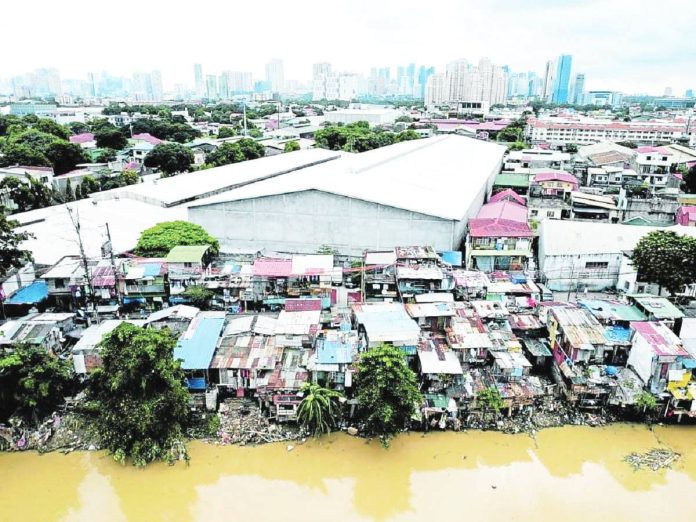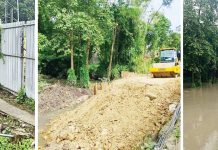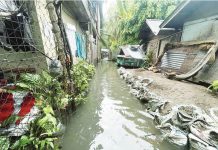
MANILA — Nearly half of Filipino families still considered themselves poor, according to the latest self-rated poverty poll of the Social Weather Survey (SWS).
Based on a national survey conducted from June 25 to 29, the SWS found that 49 percent of Filipino families rated themselves as poor, only one percentage point from the 50 percent reported in April.
According to the survey, 10 percent of respondents rated themselves as “borderline” and 41 percent thought of themselves as not poor. Those who rated themselves as not poor also declined from 50 percent in April.
The estimated number of self-rated poor families was 13.7 million on June 25 to June 29, 2025, and 14.1 million on April 23 to April 28, 2025.
SWS estimated the number of self-rated poor families by applying the survey results to the medium-population projection for 2025 of the Philippine Statistics Authority.
The June 25 to June 29, 2025 survey found the percentage of Not Poor families at 41 percent, just 1 point below the record-high 42 percent in April 23 to April 28, 2025. It was 13 percent when first recorded in July 1985, and reached its record low of 8 percent in July 1991.
SWS said the one-point decline in the nationwide ratings was due to declines in the Visayas and Balance Luzon (or Luzon outside Metro Manila), combined with increases in Mindanao and Metro Manila.
Self-rated poverty was highest in Mindanao at 69 percent, followed by the Visayas at 60 percent, Balance Luzon at 38 percent and Metro Manila at 36 percent.
Worst in 1985
It was worse in July 1985 when the Bishops-Businessmen’s Conference found that 74 percent of survey respondents considered themselves poor, SWS said in its website.
In the SWS surveys from May 1986 to the present, it reached as high as 72 percent in February 1992 and as low as 38 percent in March 2019, the pollster added.
Compared to the April results, SWS said self-rated poverty fell by 7 points from 67 percent in the Visayas and 5 points from 43 percent in Balance Luzon.
However, it rose by 8 points from 61 percent in Mindanao and 3 points from 33 percent in Metro Manila.
On the other hand, the percentage of borderline families rose from 6 percent to 8 percent in Metro Manila, 6 percent to 10 percent in Balance Luzon and 9 percent to 12 percent in the Visayas. It stayed at 10 percent in Mindanao.
At the same time, Not Poor rose from 24 percent to 28 percent in the Visayas, while it fell from 60 percent to 57 percent in Metro Manila and from 29 percent to 21 percent in Mindanao. It hardly moved from 51 percent to 52 percent in Balance Luzon. (Philippine Daily Inquirer)/PN






